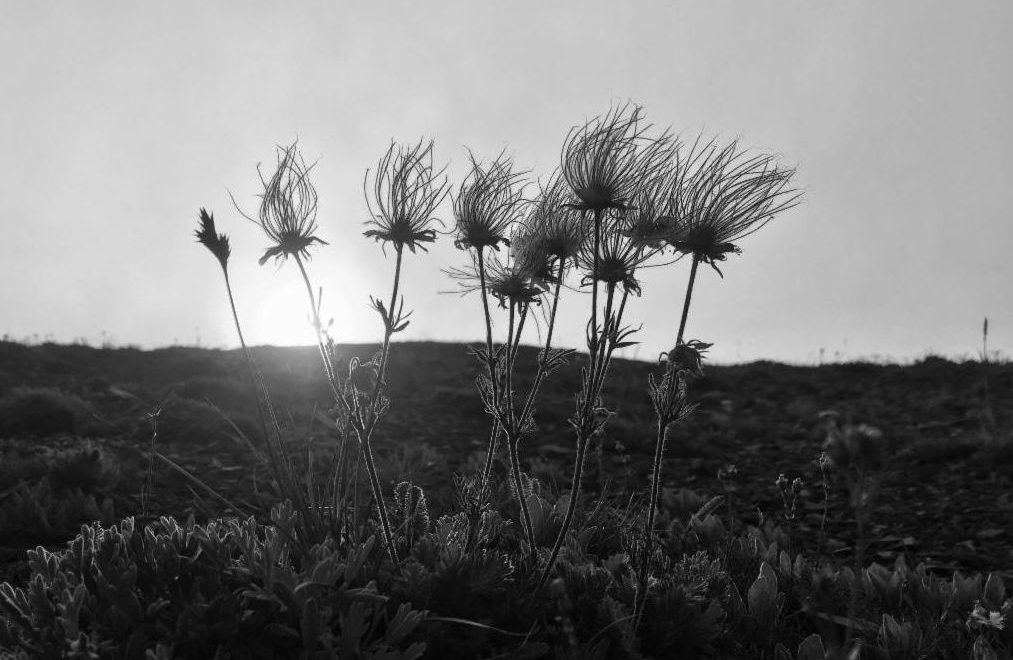
Little Seed, Big World
| Prairie Smoke (Geum triflorum) seedheads Little Seed, Big World It’s not easy being a little seed in a big world. Small seeds have the large responsibility of transporting genetic material from one generation to the next. This task not only drives plant gene flow, but creates the basis of the food chain, and influences population dynamics of all living things on planet earth. To be successful, seeds must overcome the challenge of falling too close to their parents, which might mean they can’t get enough sun, water, or nutrients to survive. Without the ability to walk around and spread seeds, plants have evolved a variety of ingenious ways to successfully disperse seeds away from parent planet. There are four main methods of seed dispersal: wind, water, ballistic, and animals.  Wind is the most primitive of the methods and is familiar to anyone who has ever made a wish blowing on a dandelion seed head. Seeds that travel through the air are often feather-like and almost weightless, allowing them to be picked up by the wind and carried long distances. A trait associated with wind dispersal are the high numbers of seeds produced by the plant. Abundant seed production maximizes the likelihood the seed will land in an area suitable for germination.  Water dispersed seeds like that of Beach Pea (Lathyrus japonicus) can float and will remain viable for over five years on salt water as they drift from coast to coast. This ability explains why they are found in parts of Europe, Asia, North and South America. After a long journey, they finally germinate after their hard-outer layer is eroded by waves on sand or gravel. A species can only be successful with wind and water dispersal if those elements are consistently present in the landscape. Deep in the forest, plants have evolved different strategies: |





